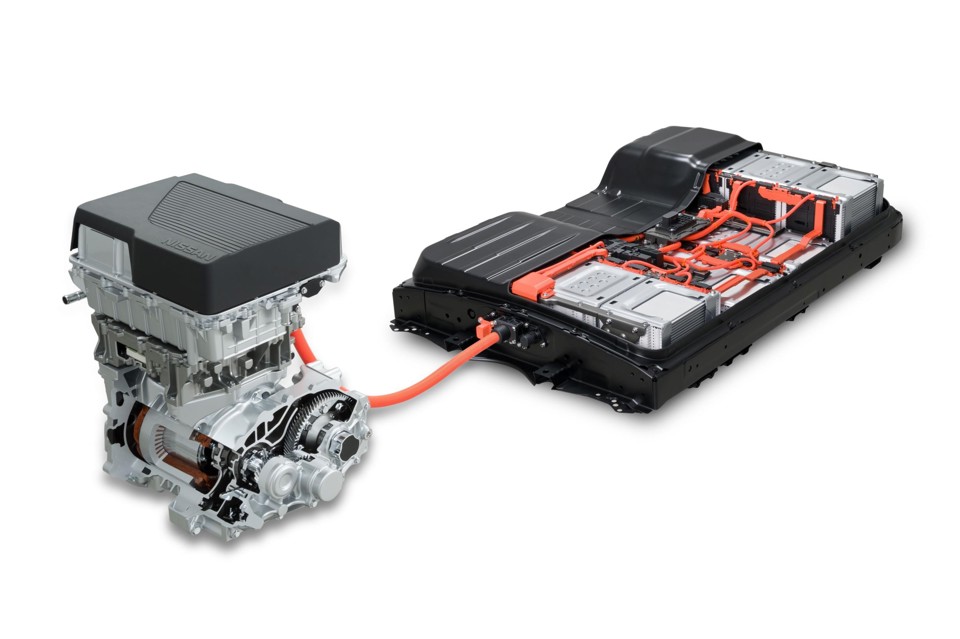Autovista Group has published a new whitepaper outlining how a report outlining the remaining battery life of an electric vehicle (EV) could improve its residual value.
Created in partnership with battery analytics specialist TWAICE and TÜV Rheinland, the document states that driving profile has a major impact on how long a battery lasts and in the absence of documentation of how a driver has treated the battery, residual value formation remains below its full potential.
“Used car programmes and extended warranties are already powerful signals that help address the information asymmetry between buyer and seller. But the BEV represents a new challenge for the market,” said Christof Engelskirchen, chief economist at Autovista Group.
“We know that how the battery is treated over the 8-10 years of its lifetime has a major impact on range and therefore suitability for daily use, but car manufacturers provide no systematic transparency on battery treatment and quality.”
Munich-based TWAICE has the technology in place to evaluate the true remaining quality of a battery based on how it was treated. It creates a digital twin of a battery and can simulate the impact of operating conditions, driving style, and charging behaviour.
Jonas Keil, battery engineer at TWAICE, said: “Many people underestimate the impact of battery treatment. At the three-year point with 28,000 miles on the clock, a battery that has been poorly treated will perform worse on promised range by about 5% – and this gap will only increase as battery quality, once lost, cannot be recovered.”
Autovista Group has simulated that improved and verifiable battery quality, provided in the form of a Battery Health Report, delivers up to £400 higher remarketing results for a three-year-old used C-segment BEV in Germany.
Dr. Matthias Schubert, executive vice president mobility at TÜV Rheinland, added: “Numerous long-term tests have shown that the aging pattern of EV batteries can vary widely amongst individual cases, depending on the user profile. An assessment of the remaining capacity and expected performance lifetime is a decisive precursor to establishing residual value.”
The full potential of a Battery Health Report can only be realised if information on battery treatment becomes available as a standard data item on every used BEV transaction, similar to information on age, mileage and equipment.




















Login to comment
Comments
No comments have been made yet.